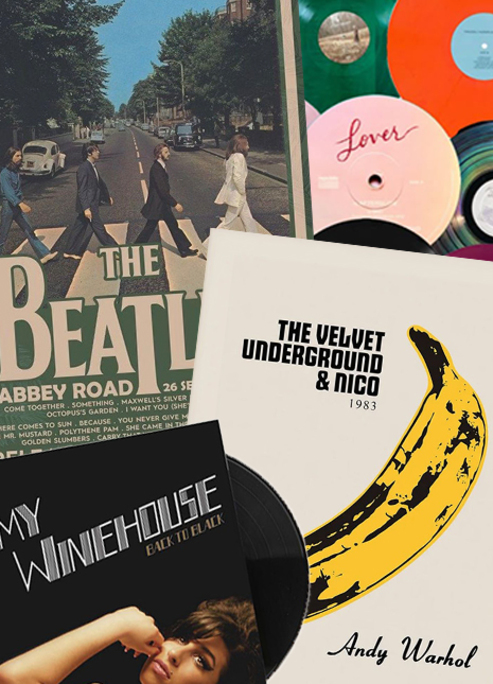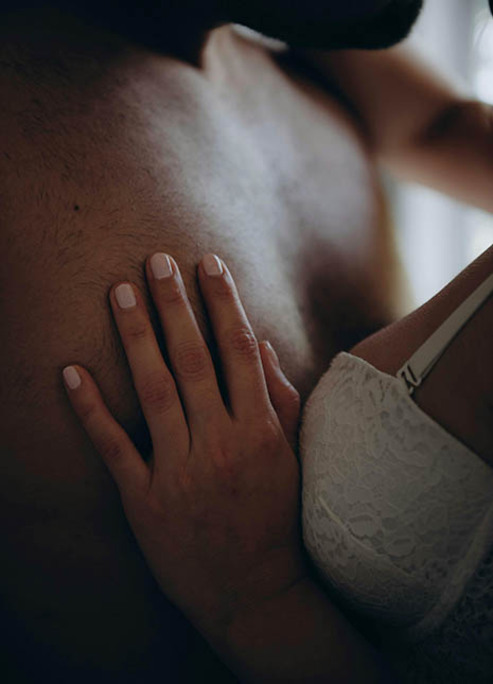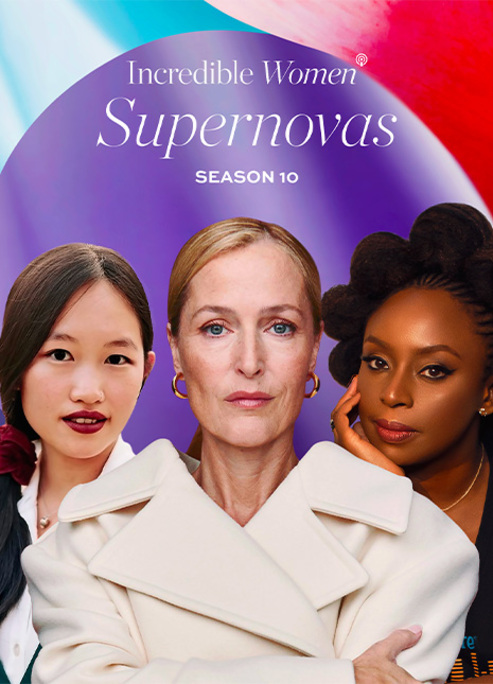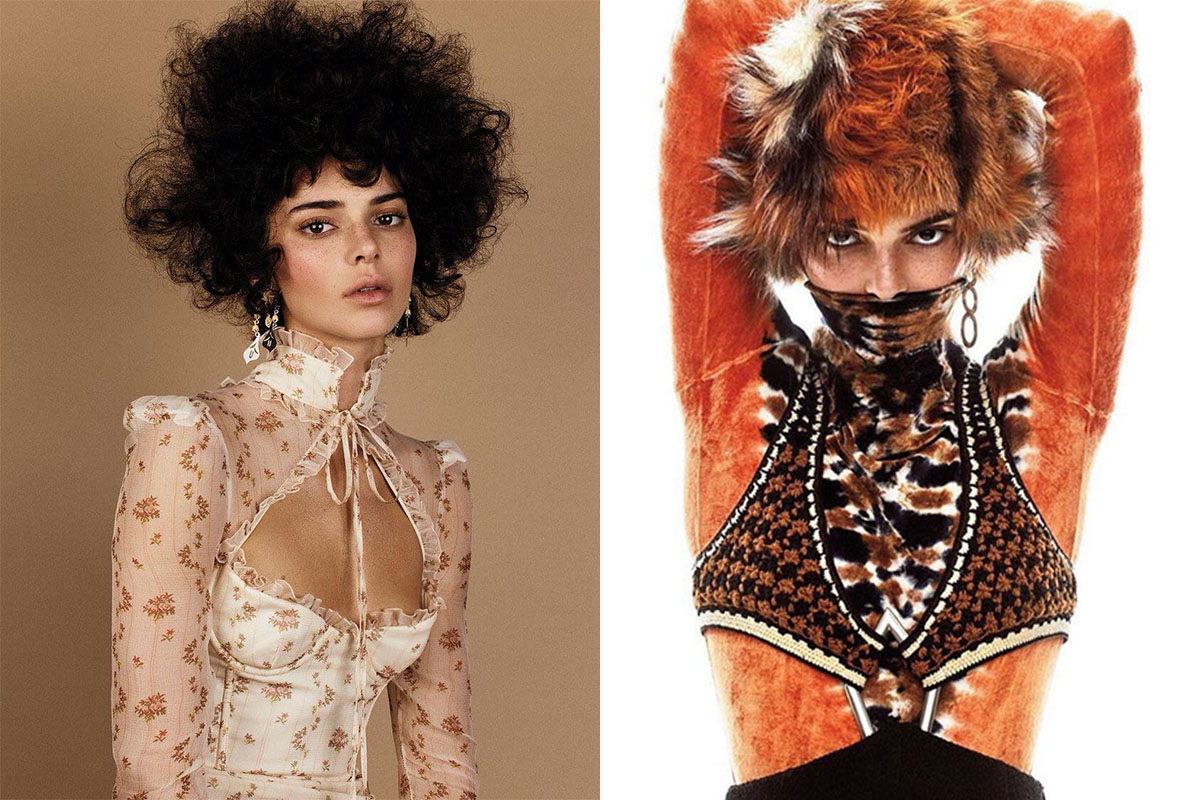
The Difference Between Cultural Appreciation And Cultural Appropriation, And Why Culture Isn’t Your Costume
Do your research before you wear that durag.
Although cultural appropriation is prominent within contemporary society, it has been happening for centuries, since culture itself existed. To really understand how problematic it is, it’s important to know the difference between appropriation and appreciation.
Appreciation is when someone uses an aspect of a culture that does not belong to them with an understanding of both this culture and said aspect in an effort to connect with others inter-culturally and enrich their own perspectives. Appropriation is when someone uses an aspect of a culture that does not belong to them for their own personal gain and/or interest. So, getting a henna tattoo after researching and acknowledging its origins and cultural significance? Appreciation. Getting box braids for likes? Appropriation.
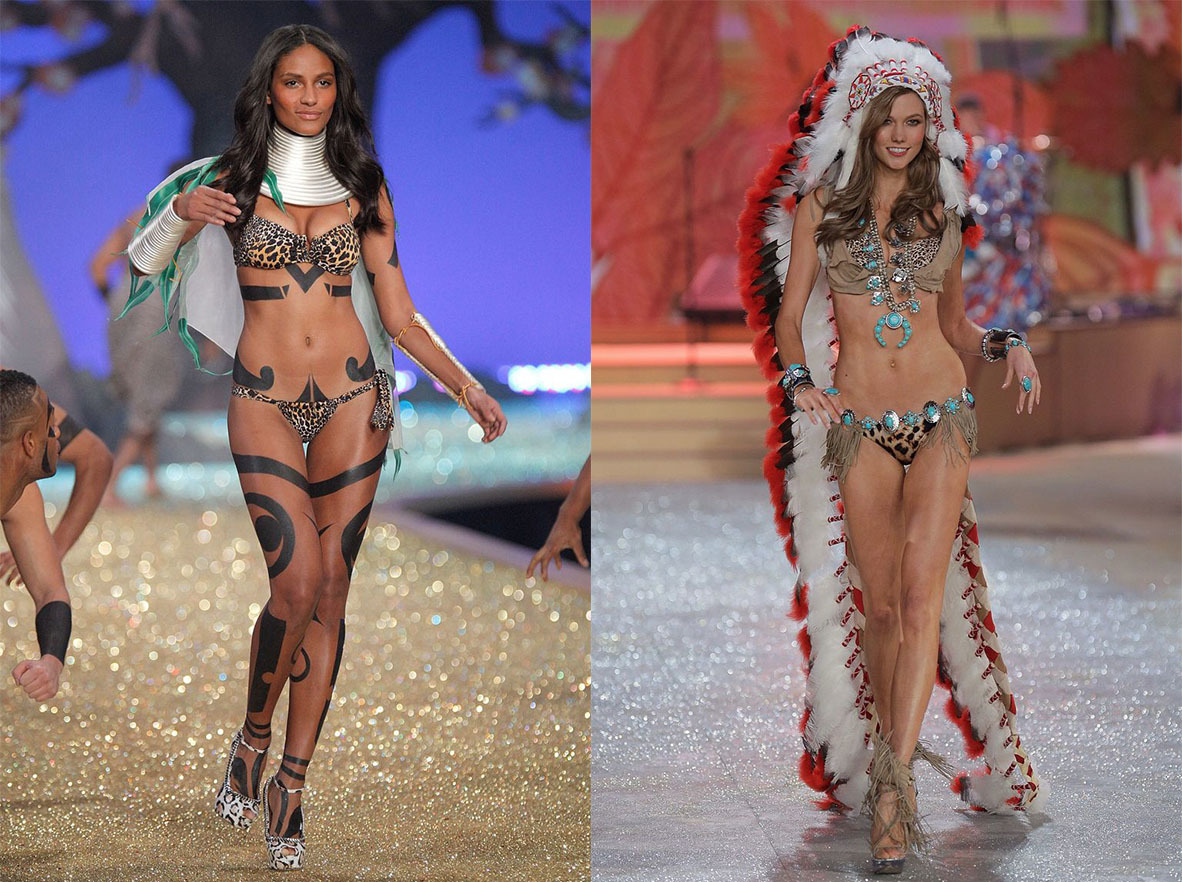
Apparently the theme of the Victoria’s Secret fashion show this year was cultural appropriation.
— Two As Two Ns (@Galumbits) November 20, 2017
If we’re honest with ourselves, cultural appropriation and the Kardashians have become somewhat synonymous. The sisters have utilized styles of different cultures a disturbing amount of times in the past, with no public acknowledgment of the cultural and historical importance of these styles. In 2018, Kylie shared a mirror selfie on Insta debuting cornrows with the caption “I woke up like disss.” Girl, what? You woke up with a hairstyle that has deep roots within the Black community? In the same year, Khloe posted a pic of herself wearing a Niqāb whilst in Dubai, with Twitter users quick to point out that only in Saudi Arabia was it highly recommended for women to wear Islamic garments of cultural significance. Khloe was accused of using the garment as a costume and to emulate a specific look for social media gain, with zero acknowledgment of the importance of the garment within the Islamic community.
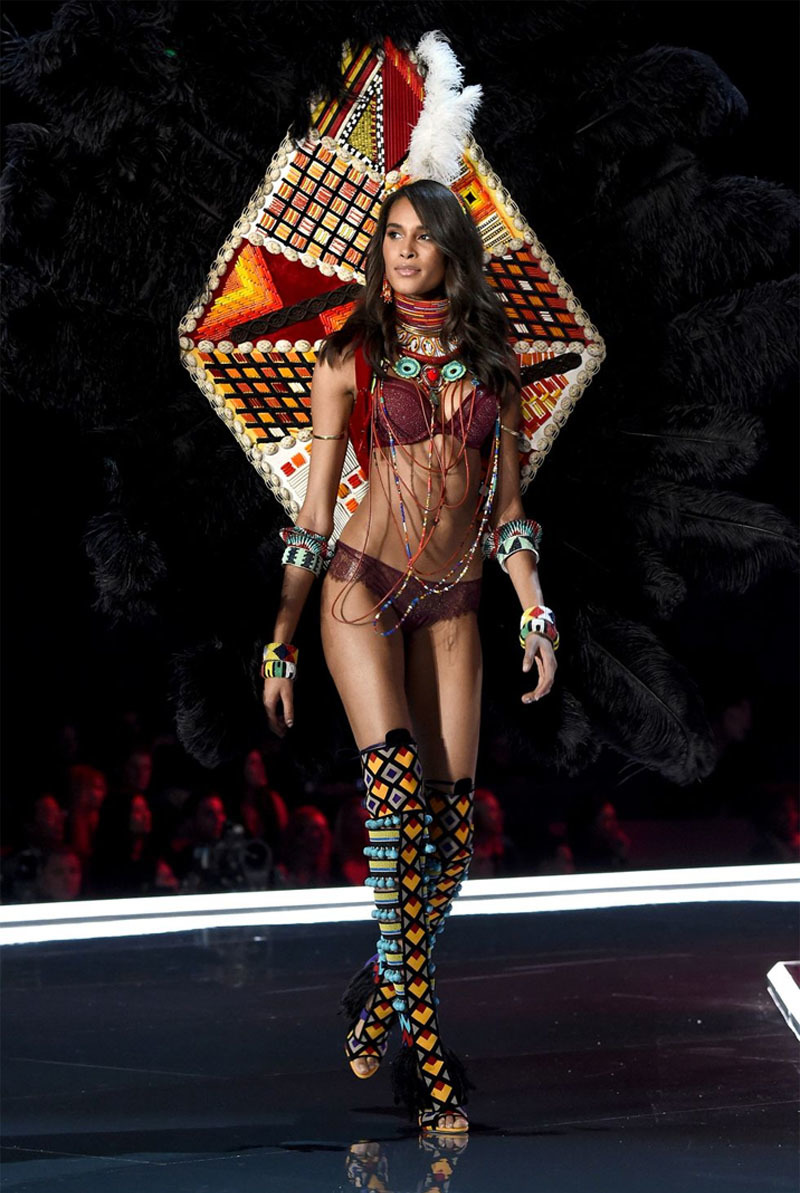
Although perpetrators of cultural appropriation may not intend any malice or harm, it results in the idea that they see the culture as something to adopt and dispose of, demeaning those whom such cultures belong to.
Privilege is integral to the discussion of cultural appropriation, as non-POC are able to utilize styles from another person’s culture that this person could not utilize without some form of consequence. For example, if a white woman wears cornrows, she avoids the “ghetto” label and her hair won’t be assumed to be dirty and difficult. But if a Black woman wears cornrows, a style that rightfully belongs to her, she receives all of this and more, effectively restricting her options. In Sex and the City 2, Sarah Jessica Parker wears a turban and is seen as fashion-forward for her style choice. But if an Indian or Middle Eastern or other minority woman wears a turban in line with her culture, she is seen as a threat. Racial and cultural biases (that are often subconscious), particularly heightened after 9/11, mean that many associate turbans with danger, but SJP is free to roam around without attracting these stereotypes.

Exposing ourselves to other cultures is the only sure-fire way to ensure our progression towards cultural harmony. But it comes down to the essence of our choices. If you’re not of African descent and choose to wear a dashiki out of homage, respect, and adoration whilst informed of the garment’s cultural significance, then cool, do you. If you’re not of African descent and choose to wear a dashiki because you think it looks good on you, then you’re an embarrassment to everyone you know.
If you wish to take part in culture whilst avoiding exploiting it for your own personal use, listen to those who are a part of this culture, consider the context of the garment, style, etc., and know your shit. Google is free.
Ph in the article: Via BAZAAR
Top image: Mikael Jansson
Preview image: Via Vogue Magazine
Next Up, An Essential List Of Anti-Racism Resources



